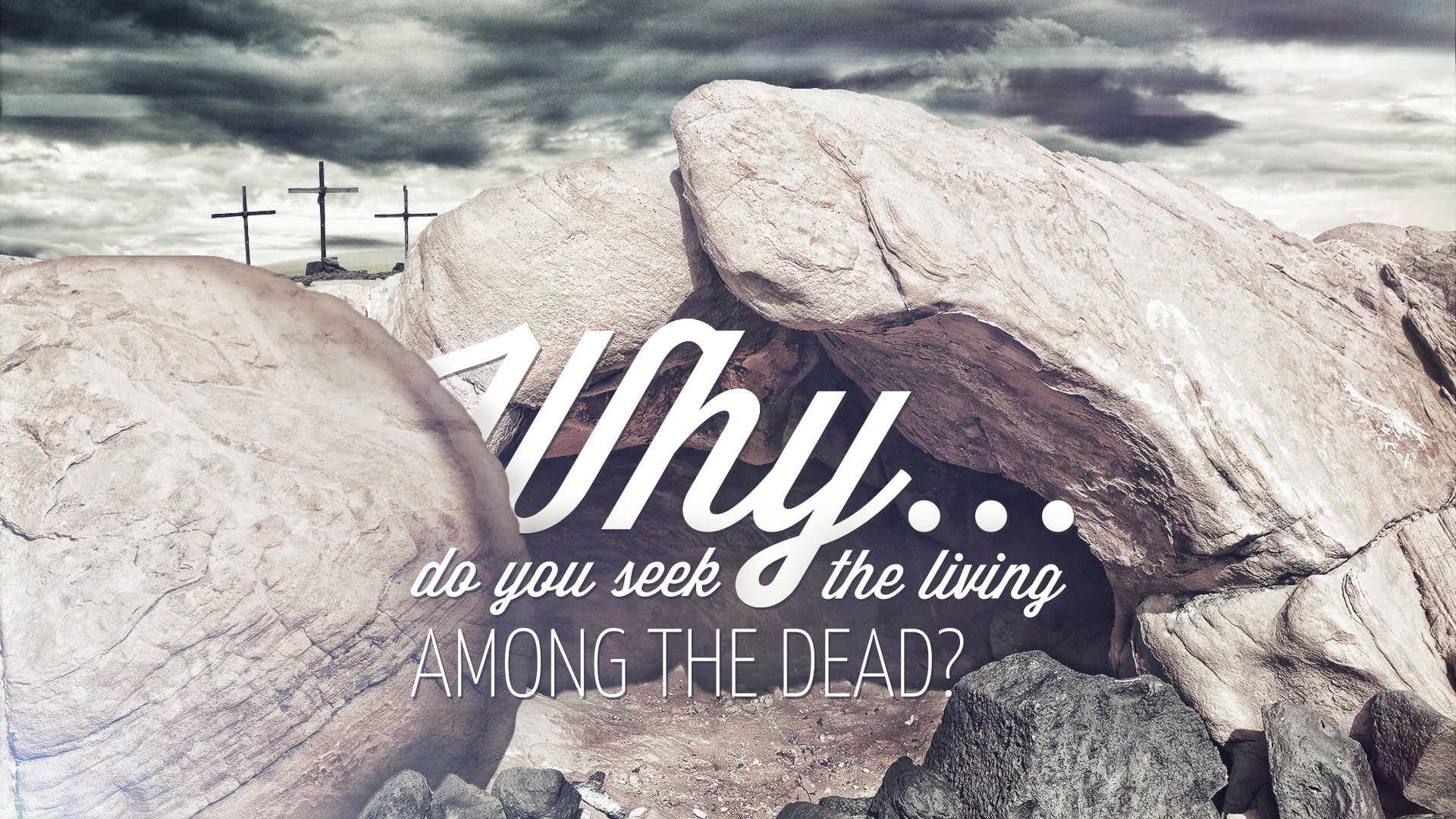
Note: This is my first article for Catholic Answers Magazine Online (or CAMO for short), and I hope you enjoy it. Catholic Answers is an organization I’ve long admired, and it has been a privilege getting to know the staff there over the past year, especially during the time I guest hosted Catholic Answers Live. Many thanks to the team there for publishing this piece.
Anyone who has read the Gospels in a more than cursory manner has come across what appear to be contradictions between them as they report the words and deeds of Jesus of Nazareth. This is no less true when we consider how they describe the most important event of all: the resurrection of Christ. If this event is not historical, says St. Paul, “our preaching is in vain, and your faith is in vain” (1 Cor. 15:14).
Speaking of St. Paul: before we consider apparent contradictions in the Gospels’ Easter accounts, we must remember that the Gospels are not our earliest written accounts of Jesus’ resurrection: those would be the letters of Paul. Even if the Gospels had never been composed, there would still be plausible literary testimony of the event, evidence with which a skeptic must deal. 1 Corinthians 15, which discusses the Resurrection, was written as early as A.D. 53, most likely prior to the publishing of at least some of the Gospels. What’s more, this chapter contains an even earlier ancient “creed” of sorts, crystallizing Easter faith in just a few lines (1 Cor. 15:3–7).
Even though the Gospels are not our earliest or only written sources on Easter, discrepancies in how they report resurrection phenomena have caused many to call into question their historical authenticity.
The empty tomb accounts
In Mark (which the majority of biblical scholars contend was the first Gospel composed), when the women disciples of Jesus arrive at the tomb early on Easter Sunday, the stone has already been rolled away. A “young man” in dazzling raiment (in all likelihood an angel) is inside the tomb. In Luke’s account, two men are inside. Matthew’s account has Mary Magdalene and another Mary arriving at a still-sealed tomb, but an earthquake suddenly occurs, whereupon an angel descends and rolls back the heavy stone. Three Gospels, and seemingly three different accounts.
Mark, Matthew, and Luke also give us slightly different lists of exactly which women were present. Mark has these women respond in fear, and states that they said nothing about this to anyone. In Matthew’s account, the two women meet Jesus on their way to inform the disciples of the Easter news. Luke does not say they ran into Jesus but rather that they immediately told the disciples, who didn’t buy their story. Same Gospels, and again, the accounts seem to differ.
So, why the differences?
Ancient biographies
As much as we might want the Gospels to conform to our modern conventions of history writing, they don’t read like contemporary police reports. But that doesn’t mean they don’t contain reliable accounts. In fact, they are perfectly consonant with how the ancients recorded history. The key is to understand the literary conventions of the time, which was the mid-first century A.D. , and how the Gospels fit that mold.

